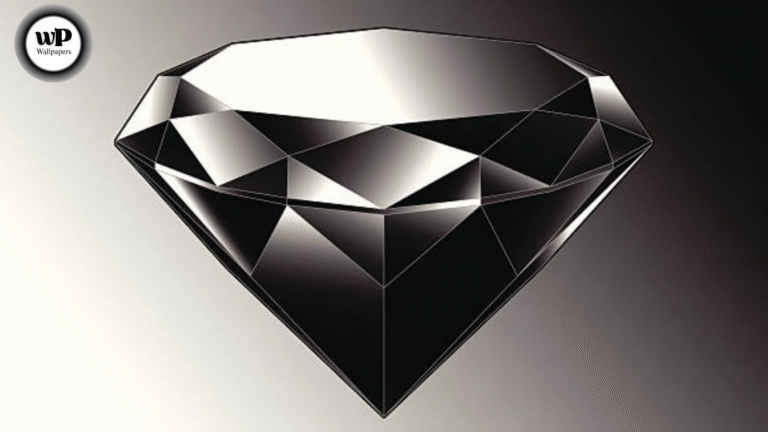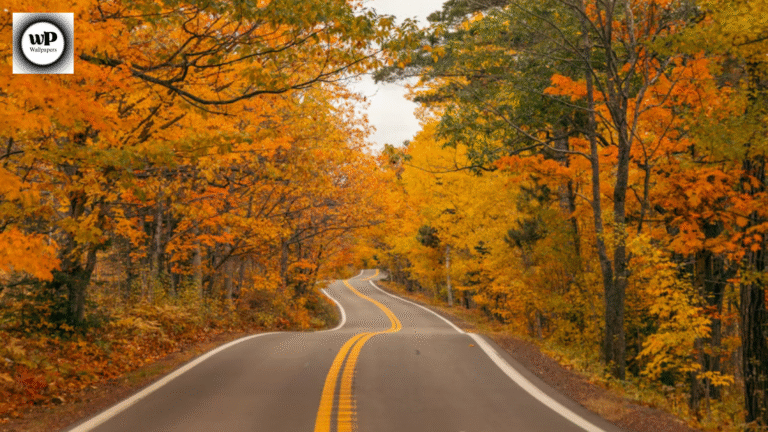Introduction
“Wallpaper of shadow” is more than just a background for your phone or wall—it is an artistic statement. The interplay of light and shadow adds depth, mood, drama, and sophistication. Whether you use shadow wallpapers on your phone screen, desktop, or as physical wall décor, selecting the right style and quality can transform an ordinary surface into a canvas of stories.
In this article, we’ll cover everything you need to know about shadow wallpapers: what makes them unique, the trends, how they’re made (photography & design), how to choose them, how to use them effectively, and where to find or create high-quality shadow wallpapers. By the end you’ll have both the know-how and inspiration to choose or make shadow wallpapers that look professional and emotionally resonant.
1. What is a “Wallpaper of Shadow”
A wallpaper of shadow refers to visual backgrounds either digital or physical that emphasize shadow as a central aesthetic element. This might include:
- High contrast silhouettes
- Soft or diffuse shadows playing across surfaces
- Dramatic shapes cast by natural or artificial light
- Abstract forms created by light filtering through objects
- Dark or moody tones with minimal lighting
The concept is that shadows are not just literal dark spots, but are used creatively: as texture, form, mood, pattern, and depth.
2. Why Shadow Wallpapers Are Appealing
Before you decide on style or design, it helps to understand why people are drawn to shadow wallpapers. These are some of the advantages:
- Mood & Atmosphere: Shadow provides mystery, calm, introspective mood, or drama. It evokes emotional responses.
- Visual Depth: Shadows create dimension; flat surfaces become 3D. On screens or walls, this helps avoid a bored look.
- Minimalism & Elegance: Shadow wallpapers are often clean fewer colors, simpler composition which appeals in modern design.
- Versatility: Works well across themes nature, architecture, abstract art, portraits. Compatible with dark mode or low-light environments.
- Trendiness: Shadow play (light & shadow, contrast, silhouettes) is trendy among photographers, designers, wallpaper platforms.
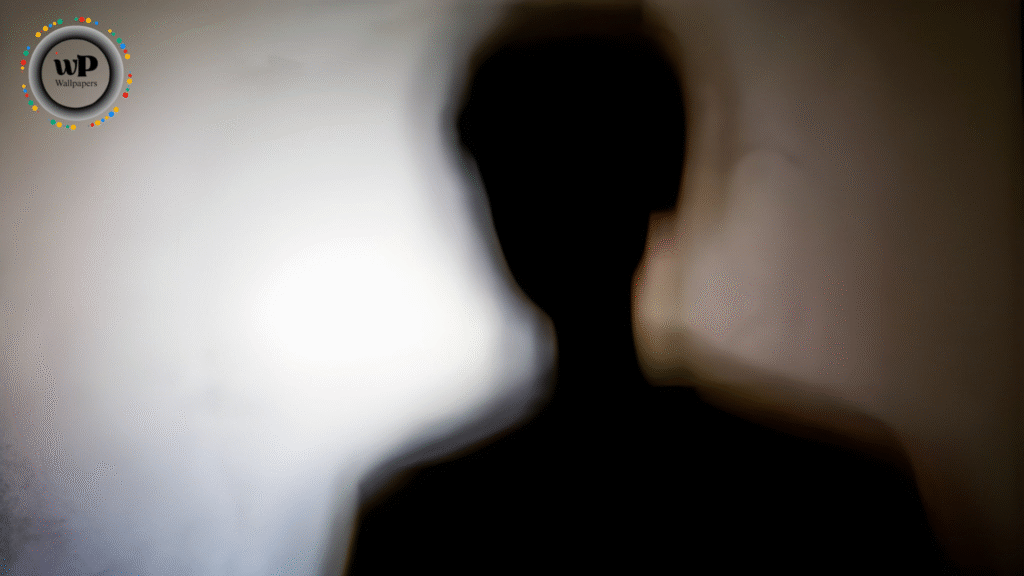
Competitors like Pexels, Unsplash, Freepik etc. rely heavily on visual aesthetic strong photography and image curation. But many lack deeper content: how to use shadows, how to shoot them, design considerations etc. That is your opportunity.
3. Key Types & Styles of Shadow Wallpapers
Below are styles you’ll often see (or can create), with visual characteristics and examples:
| Style | Description | Typical Subject / Shape | Mood / Use Case |
| Silhouette Shadows | Objects or people in full or partial silhouette, with strong light behind | Trees, people, buildings against sky, window panes | Dramatic, mysterious, calm |
| Soft / Diffuse Shadows | Light filtered (through curtains, translucent surfaces) producing gentle shadow edges | Drapes, leaves, patterned glass, lace | Relaxed, cozy, intimate |
| Hard / Sharp Shadows | Light source small or intense; crisp edges, high contrast | Sunlight, spotlights, direct artificial lighting | Bold, intense, modern, dramatic |
| Abstract / Geometric Shadows | Shadows from structured shapes grids, lines, geometrical forms, architectural features | Window blinds, fences, grills, architectural facades | Aesthetic, modern, artistic |
| Natural & Organic Shadows | Shadows cast by natural forms trees, leaves, branches, plants | Forest light, foliage, nature scenes | Calming, nature-centric, biophilic |
| Black & White / Monochrome Shadow Themes | Removing color to emphasize light vs dark contrast | Dark silhouettes, black backgrounds with light, greyscale tones | Timeless, art gallery feel, strong contrast |
| Color & Light Play | Using colored light or gels; colored filters; interplay of warm/cool tones through shadow | Neon lights, stained glass, color leaks | Creative, modern, bold |
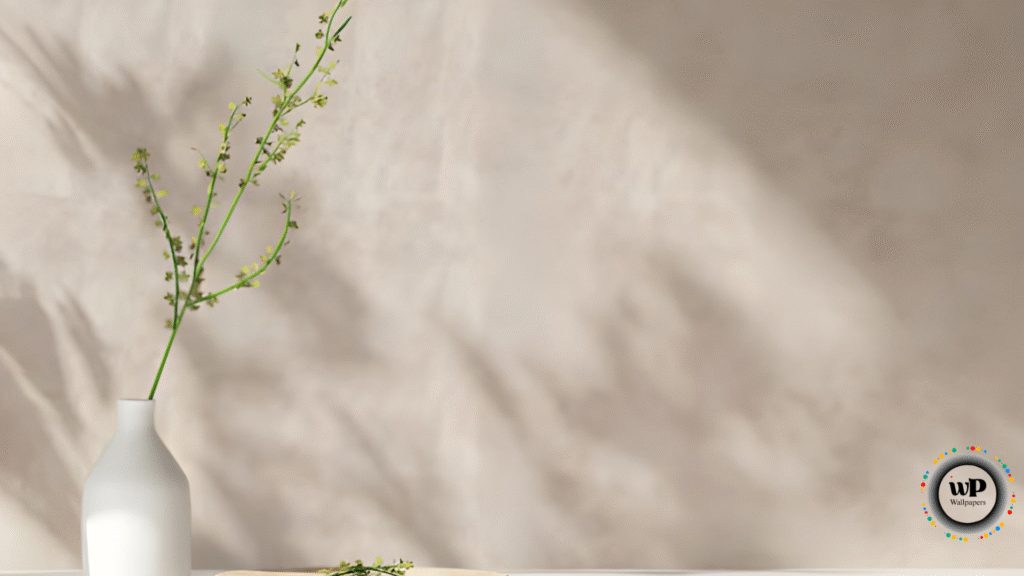
4. How Shadow Wallpapers are Created: Photography & Design Techniques
Understanding how wallpapers are made will help you judge quality and perhaps even create your own.
4.1 Shadow Photography Principles
From competitor analysis: many platforms (Pexels, Unsplash, Pixabay) showcase gorgeous shadow photography. They gain appeal by using strong photographic techniques. Some of those are:
- Light source control: Know whether your light is direct, diffused, natural (sunlight) or artificial. Direction of light matters a lot. Adorama+2Wallpics+2
- Time of day: Early morning or late afternoon gives longer, softer, more interesting shadows. Midday tends to produce harsh light with flat shadows. Wallpics+1
- Hard vs soft shadows: Depends on light source’s size and distance. Hard shadows from small, direct lights; soft shadows from larger or diffused sources. Retouching Labs+1
- Composition & shapes: Using objects that cast interesting shapes (branches, leaves, patterns, window blinds) adds visual interest. Wallpics+2Watermarkup Blog+2
- Angle & distortion: Shadows change dramatically with angle. Low angles produce stretched shadows; high angles compress them. Using unusual angles can be dramatic. erickimphotography.com+1
- Background & texture: Clean backgrounds help shadows stand out; textured or patterned surfaces provide contrast. Retouching Labs+1
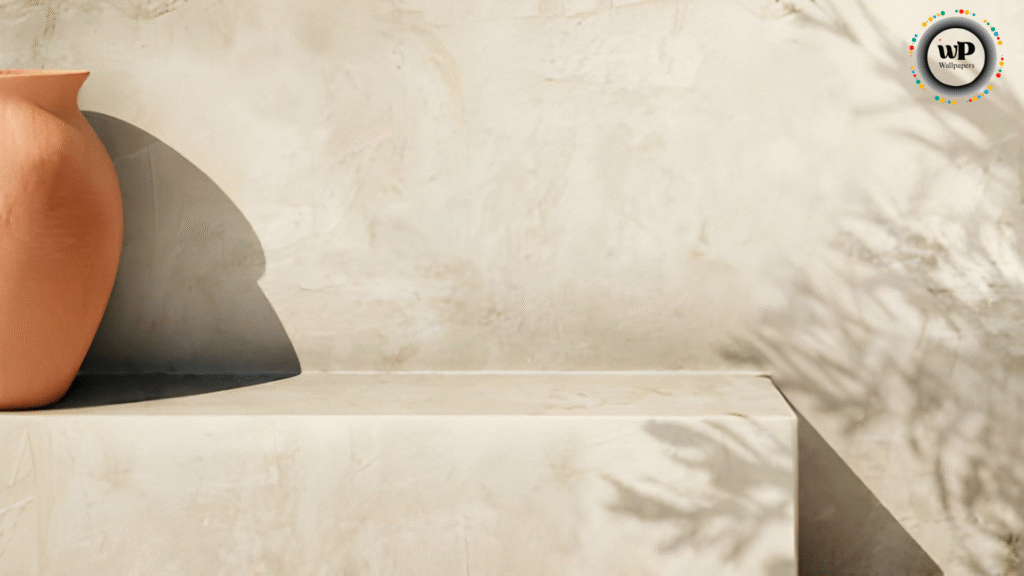
4.2 Design / Digital Creation Techniques
Not all shadow wallpapers are purely photographic. Some are designed or edited:
- Vector art / silhouettes: Designers use vectors for simplified shadow shapes (trees, arches, abstract geometrical lines).
- Digital filters / editing: Adjust contrast, color grading, adding gradient overlays, shadow softening, or sharpening.
- Shadow generators / effects: Tools that let you simulate drop shadows, inner shadows, outer shadows, or pattern shadows in software.
- Layering & blending: Combining multiple images or layers; overlaying shadow textures over images.
- Use of color & tone: Even in dark themes, small color accents or warm/cool tone shifts add mood. Design aesthetic plays with color contrast.
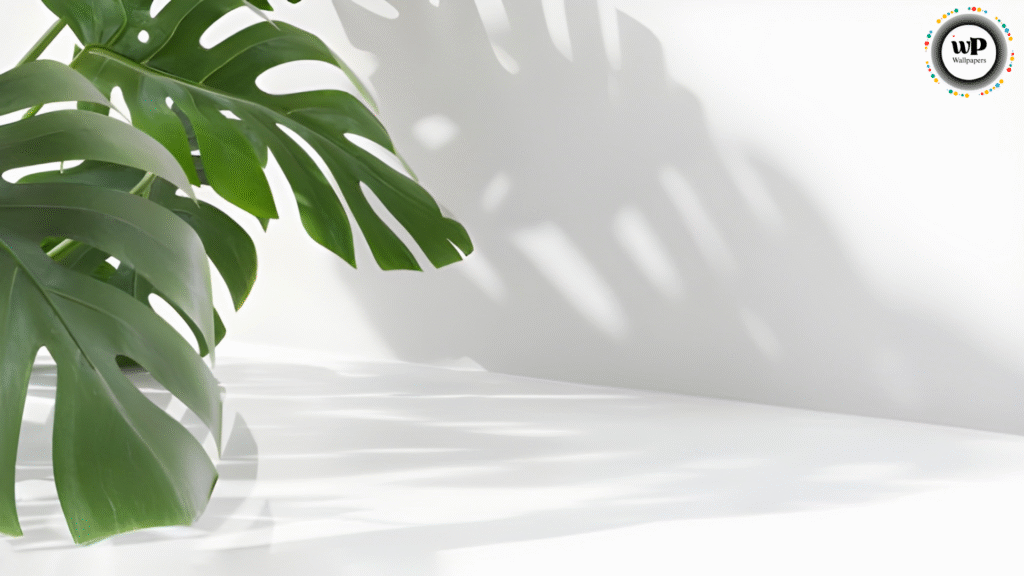
5. Technical Considerations: Resolution, Format, Licensing etc.
When using or offering shadow wallpapers, technical factors matter. Your audience (or clients) will expect:
- High resolution / aspect ratio: 4K (3840×2160), Full HD, or screen-appropriate sizes. For phones, tablets, desktops. Scaling must preserve sharpness.
- File formats: JPEG for photos, PNG for images needing transparency, WebP for efficient loading, vector formats if applicable (SVG) for some designs.
- Compression without loss: File size matters—too large slows loading; too compressed loses quality, especially in shadow-dark regions.
- Color profile: sRGB standard for screens; ensure color accuracy so shadows and highlights look as intended.
- Licensing / usage rights: Many image sites use free licenses (Creative Commons), but always check for commercial use, attribution requirements. If designing yourself, maintain your own licensing clarity.
- Device compatibility / scaling / cropping: Ensure wallpapers look good across different aspect ratios (16:9, 18:9, 19.5:9, ultrawide, etc.). Design or crop in safe zones so key parts aren’t lost or distorted.
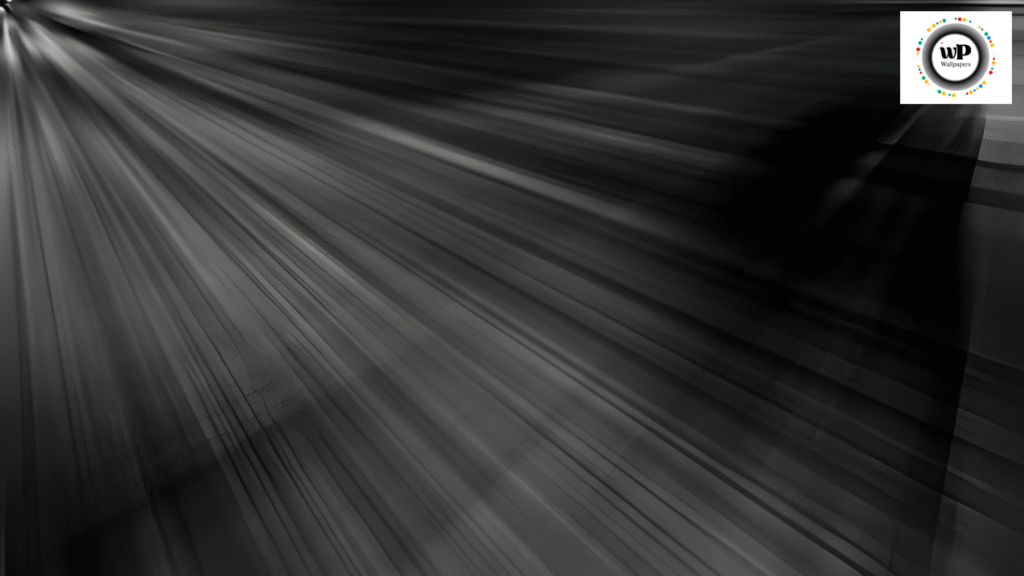
6. Trends & Aesthetics in 2025
Looking at what’s trending among your competitors and in design/photography generally, here are current trends in shadow wallpapers:
- Moody & minimalism: Dark themes, muted tones, minimal elements (just one silhouette or shape) are very popular.
- Natural textures & organic shadows: Leaves, plants, foliage shadows (especially indoors through windows), nature-based motifs.
- Geometric and architectural shadows: Crisp lines from blinds, windows, structures; shadows cast by modern architecture are in vogue.
- Color warmth & contrast: Slight color tints (warm oranges, cool blues) against dark shadows to convey tone.
- Soft light & golden hour shadows: Using softer natural light to cast gentle shadows around sunrise/sunset.
- Black and white / monochrome contrast: To reduce distraction and heighten contrast.
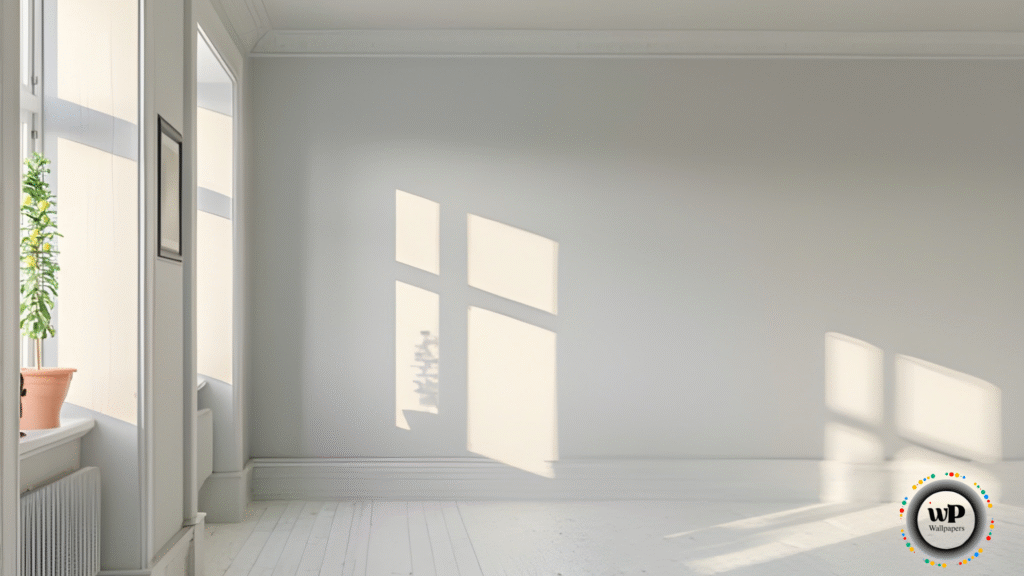
Platforms like WallpapersHome, Zedge show large collections of shadow wallpaper backgrounds—both dramatic and subtle. wallpapershome.com+2wallpapershome.com+2
Competitor weakness: Many do not offer deep content about how to choose wallpaper, what shadows convey, creation techniques so content that educates is a gap you can fill.
7. How to Choose the Best Shadow Wallpaper for Your Need
Choosing isn’t just about “which one looks pretty.” Think about purpose, mood, environment, and technical fit.
7.1 Identify the purpose / context
- Is it for mobile screen (lock/home), desktop, physical wall decor, or social media background?
- Are you looking for mood lighting (calm, dramatic, inspirational) or functional use (less eye strain, subtle texture behind app icons)?
7.2 Consider lighting & mood
- For darker rooms or low light, wallpapers with soft shadows and warm tones are better (less harsh contrast).
- For bright spaces, sharper shadows work well; can emphasize shape and contrast.
7.3 Color and contrast
- If icons/text will overlay the wallpaper (mobile desktop, home screens), make sure there’s enough negative / dark space so icons/text are readable.
- Use complementary or analogous color tones for harmony; avoid clashing colors and oversaturated light regions that distract.
7.4 Composition & focal points
- Decide whether the shadow is central, off-center, acting as texture, or background.
- If the shadow shape is complex (branches, patterns), ensure the form is balanced. Negative space can help.
7.5 Technical quality
- High resolution matched to your device/screen.
- Minimal compression artifacts.
- Proper format (lossless if needed; efficient size).
- Credible licensing.
7.6 Personal taste & style
- Do you prefer minimal vs ornate? Soft or sharp contrast? Natural vs abstract?
- Are you drawn to color or monochrome? Mood vs clarity?
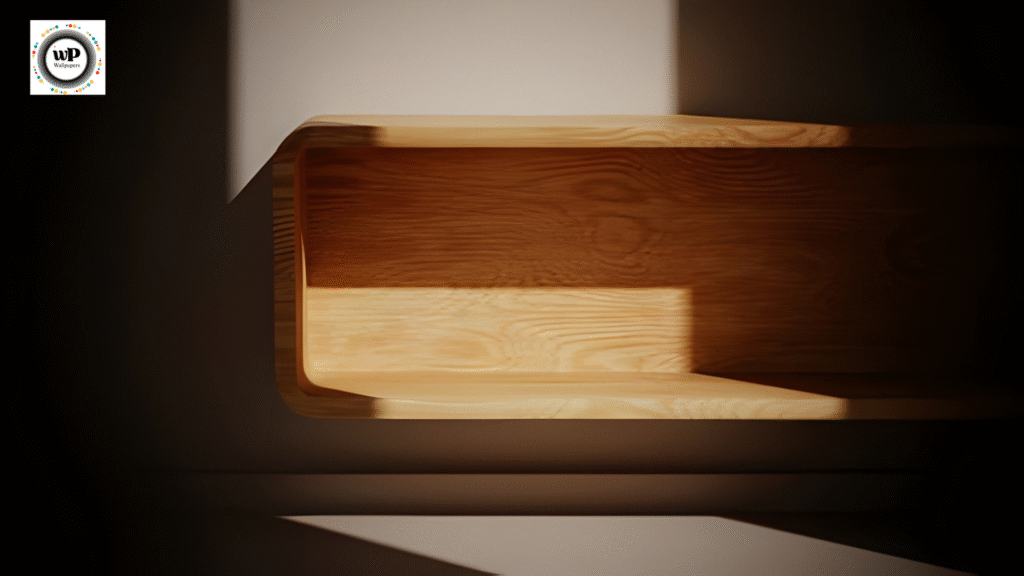
8. Shadow Wallpapers for Different Platforms & Décor Contexts
How you use shadow wallpapers depends on the platform or physical setting.
| Platform / Context | What to Look for / Use Tips |
| Smartphone / Tablet Screens | Match aspect ratio; key elements away from lock screen icons; avoid too busy shadows under icons; consider dark mode compatibility. |
| Desktop / Laptop Wallpapers | Wide resolution; consider two monitors; appropriate cropping; avoid too distracting for productivity. |
| Physical Walls (Room Décor) | Print resolution; material type (matte, canvas, vinyl); lighting in room; shadows in print may differ depending on ambient light; color consistency. |
| Wall Art, Canvas Prints | Consider frame, lighting direction; whether the artwork includes texture in shadows; finish (glossy/dull) matters. |
| Social Media / Branding | Select consistent aesthetics; create branding cohesion; ensure preview crops well; consider watermark or branding if offering content. |
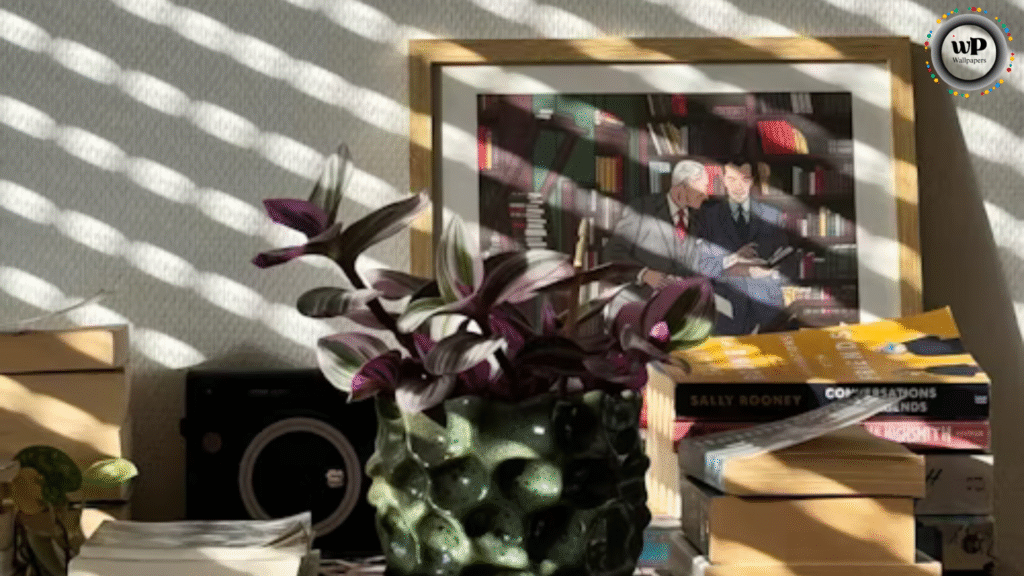
9. Tips for Making Your Own Shadow Wallpapers
If you want to design rather than only select, here are advanced tips to help you create stunning originals:
9.1 Planning & inspiration
- Study shadow patterns in everyday life (trees, blinds, windows, architectural elements).
- Explore Pinterest boards, Unsplash, etc., to gather style inspiration.
9.2 Shooting or capturing shadows
- Use natural lighting during golden hour or strong directional light for dramatic effect.
- Use diffusers or reflectors to control shadow softness.
- Try multiple angles to see how shadows stretch or compress.
- Use objects with interesting patterns (fence, lace, leaves) as shadow casters.
9.3 Editing & post-production
- Adjust contrast & brightness carefully don’t lose details in shadows or highlights.
- Use curves / levels to refine shadow depth.
- Color grading: subtle warm/cool shift can drastically change mood.
- Use masking & layering to add or remove parts of shadows.
9.4 Design tools & techniques
- Use software like Photoshop, Lightroom, Affinity, or free tools (GIMP, etc.).
- Experiment with vector shapes or overlay textures.
- Use shadow generating tools or filters for drop/inner/outer shadows.
- Ensure final format & resolution are correct.
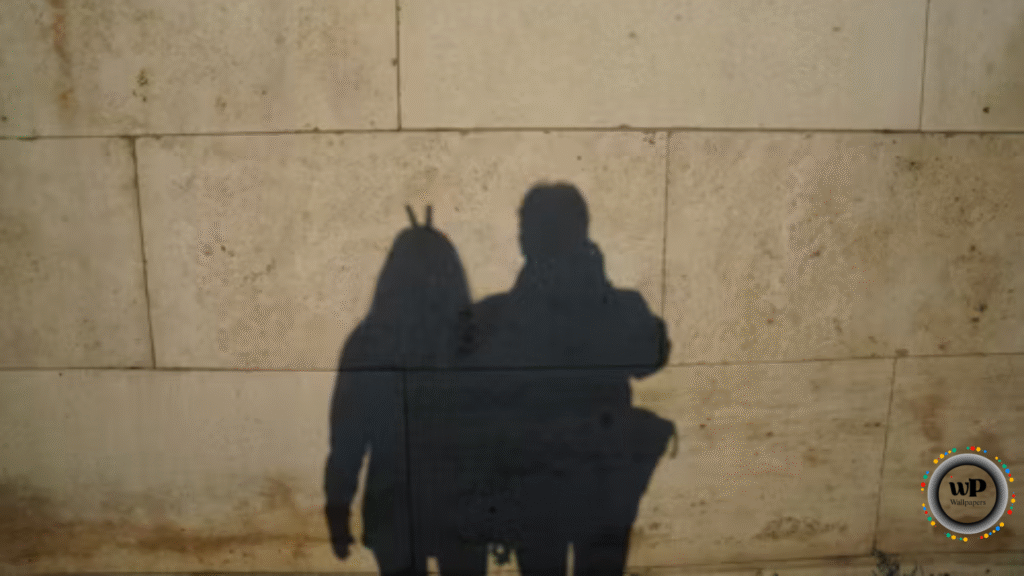
10. Where to Find Great Shadow Wallpapers
These types of sites are your sources most competitors you identified. Here’s how they can help + how to choose wisely:
| Source | What they offer | What to check for / how to pick well |
| Free image platforms (Unsplash, Pexels, Pixabay) | High-res photos, often royalty-free; good variety. | Check license (some require attribution), resolution, image orientation, color & contrast. |
| Vector & design-oriented platforms (Freepik etc.) | Illustrations / vectors; stylized art. | License (free vs premium), ability to edit; check file formats. |
| Wallpaper-specific sites / apps (WallpapersHome, Zedge etc.) | Large curated libraries; device-specific categories. | File size, image compression, ad quality, consistency. |
| Community / curation sites (Pinterest) | Inspiration, trends, composition ideas. | Often lower resolution; sometimes reuse or copyright concerns. Good for inspiration rather than direct use, unless source is original. |
| Create your own / commission | Full control over aesthetics and uniqueness. | More time/skill needed; good investment if you want unique content or branding. |
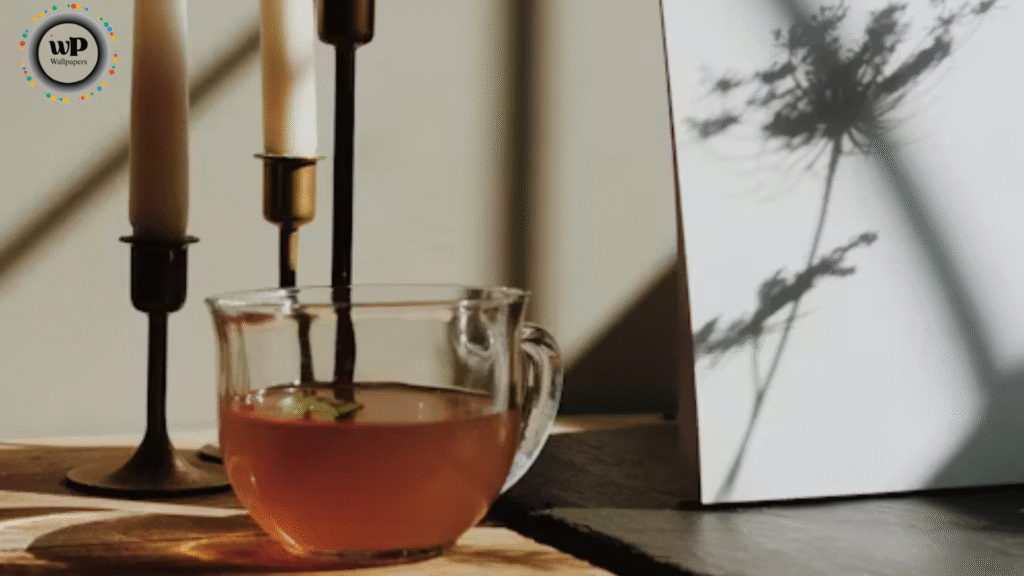
11. SEO & Usability: How Wallpaper Sites Do It Well (and How to Do Better)
Your SEO strategy must align with how users search for wallpaper + shadows, plus usability. Here’s what competitors do and what you can improve:
11.1 What competitors do well
- Large galleries & varied categories (light & shadow, abstract, dark, etc.) for users to browse. E.g., WallpapersHome offering many “light and shadow” wallpapers. wallpapershome.com
- Using descriptive image titles and tags for discovery (e.g. “shadow wallpapers”, “shadow backgrounds”, “light and shadow”, etc.).
- High resolution photos for download, formatted for different devices.
- Visual previews so users see how wallpaper looks before downloading.
11.2 Gaps / opportunities to improve (your advantage)
- Deeper content & guides: How to choose, how to shoot, how to edit—content not just visuals.
- SEO with long-tail keywords: e.g. “moody shadow wallpaper for iPhone”, “soft leaf shadows background HD”, “black shadow wallpaper 4K minimal”.
- User-focused UX: filters by resolution, color tone (dark, warm, cool), type (silhouette / pattern / abstract), orientation.
- Speed & performance: Fast loading pages, responsive design, optimized image compression.
- Original content: interviews, case studies, blog posts about shadow art, behind-the-scenes.
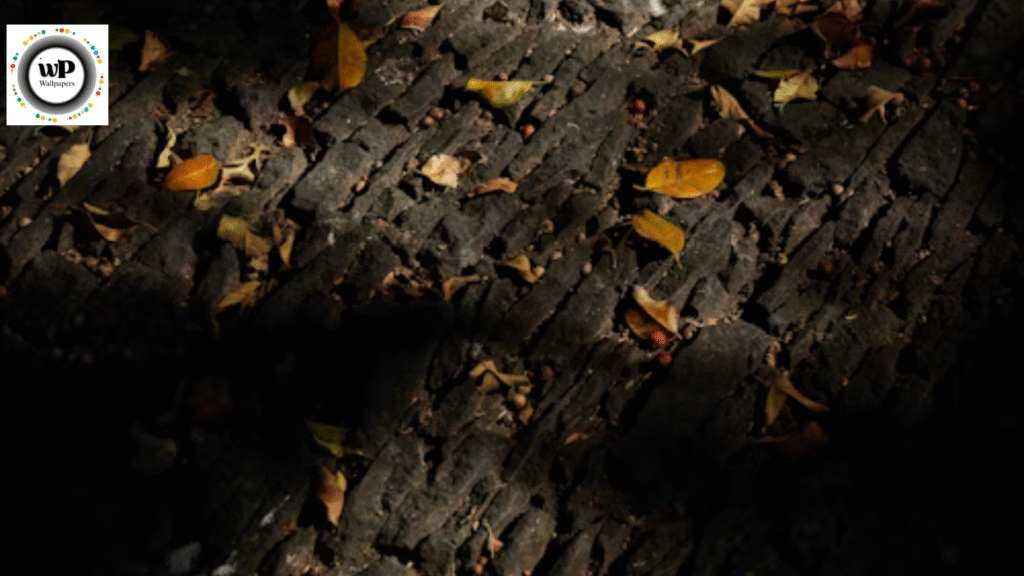
12. Common Mistakes to Avoid
Avoiding these pitfalls will help your shadow wallpaper content and product stand out:
- Poor resolution / pixilation especially for large screens or prints.
- Overly busy shadows too many overlapping shapes or high contrast can distract rather than enhance.
- Unbalanced lighting if one area is too bright (blown out) or too dark (no detail).
- Ignoring usability icons/text become unreadable; mobile lock screens hide parts of image.
- Bad licensing or lack of attribution legal issues, loss of trust.
- Not optimizing for SEO & discovery good images but no proper metadata, tags, keywords
13. Frequently Asked Questions (FAQs)
Here are answers to common questions about shadow wallpapers.
Q1: What resolutions should I aim for in shadow wallpapers?
A: It depends on device or output. For mobile phones ~1080×1920 px or higher; tablets ~2048×1536; desktops/laptops 1920×1080, 2560×1440, 4K (3840×2160). If printing, go for higher PPI (300+ DPI) depending on print size. Always keep original high resolution if possible.
Q2: Should I prefer hard or soft shadows?
A: It depends on mood. Hard shadows (sharp edges) give drama and strong contrast; soft shadows (diffused light) are gentler, calming, subtle. Consider room lighting, usage (e.g. wallpapers behind text/buttons) when choosing.
Q3: Can I use free images for commercial use?
A: Many platforms like Pexels, Unsplash, Pixabay offer free commercial use, but always check the license for each image. Some require attribution; some disallow certain uses. Vector / paid stock platforms often have more restrictions unless you buy a license.
Q4: How do I ensure the shadow wallpaper doesn’t interfere with icons or text?
A: Choose images with negative space (areas with uniform color or darker tones) where icons won’t get lost. Avoid placing key visual or busy shadows behind where the clock or widgets show up. Test on your device beforehand.
Q5: Are monochrome shadows better than color?
A: Neither is universally “better” they serve different purposes. Monochrome emphasizes shape, contrast, form, and tends to be timeless. Color introduces mood, warmth or coolness, and can personalize. Use color if you want mood; monochrome for clarity and minimalism.
Q6: What software/tools are good for editing or creating shadow wallpapers?
A: Adobe Photoshop, Lightroom, Affinity Photo are leading tools. For free options: GIMP, Darktable. For vector designs: Illustrator, Affinity Designer. There are also shadow generators and apps that let you overlay shadow textures. Make sure you understand layers, masking, contrast control.
Q7: How can I get inspiration for shadow wallpaper designs?
A: Pinterest boards, Unsplash / Pexels collections, architecture (windows, blinds), nature (leaves, trees), everyday objects (fences, fabrics). Look at how shadows fall in real life watching at different times of day. Keep a mood board.
Q8: Do shadow wallpapers consume more battery/draw (on phone)?
A: Dark wallpapers, especially mostly black backgrounds, tend to consume less battery on OLED screens because pixels are off or dim. Bright backgrounds, or images with lots of light/white, consume more. So shadow/dark wallpapers are also practical in that sense.
14. Conclusion
“Wallpaper of shadow” is a rich, expressive niche. It sits at the intersection of art, design, photography, and mood. If done well, shadow wallpapers can be more than decoration they can evoke emotion, enhance ambiance, and elevate everyday device screens or spaces.


